In this day and age, there are many different types of milk one can choose to drink. From whole milk to lactose-free options, shoppers can always find their preferred milk at their local grocery store. Raw milk has become more popular in the United States recently, as more and more people look to drink it. However, they won’t find raw milk at their neighborhood store.
Raw milk remains illegal in about half of the states in the U.S. Many other states don’t even allow the sale of raw milk, unless you buy directly from a farmer. So, why are so many Americans looking to purchase raw milk, even when it can be so hard to get?
The History of Raw Milk

Though raw milk may be illegal in the United States today, the history of drinking raw milk is long and storied. Technically, from the moment humans discovered they could drink cows’ milk, they were drinking raw milk.
It wasn’t until the mid-20th century that the U.S. government began to enact laws that banned raw milk and instead pushed pasteurization. So, before this time, everybody drank raw milk.
The Introduction of Pasteurization
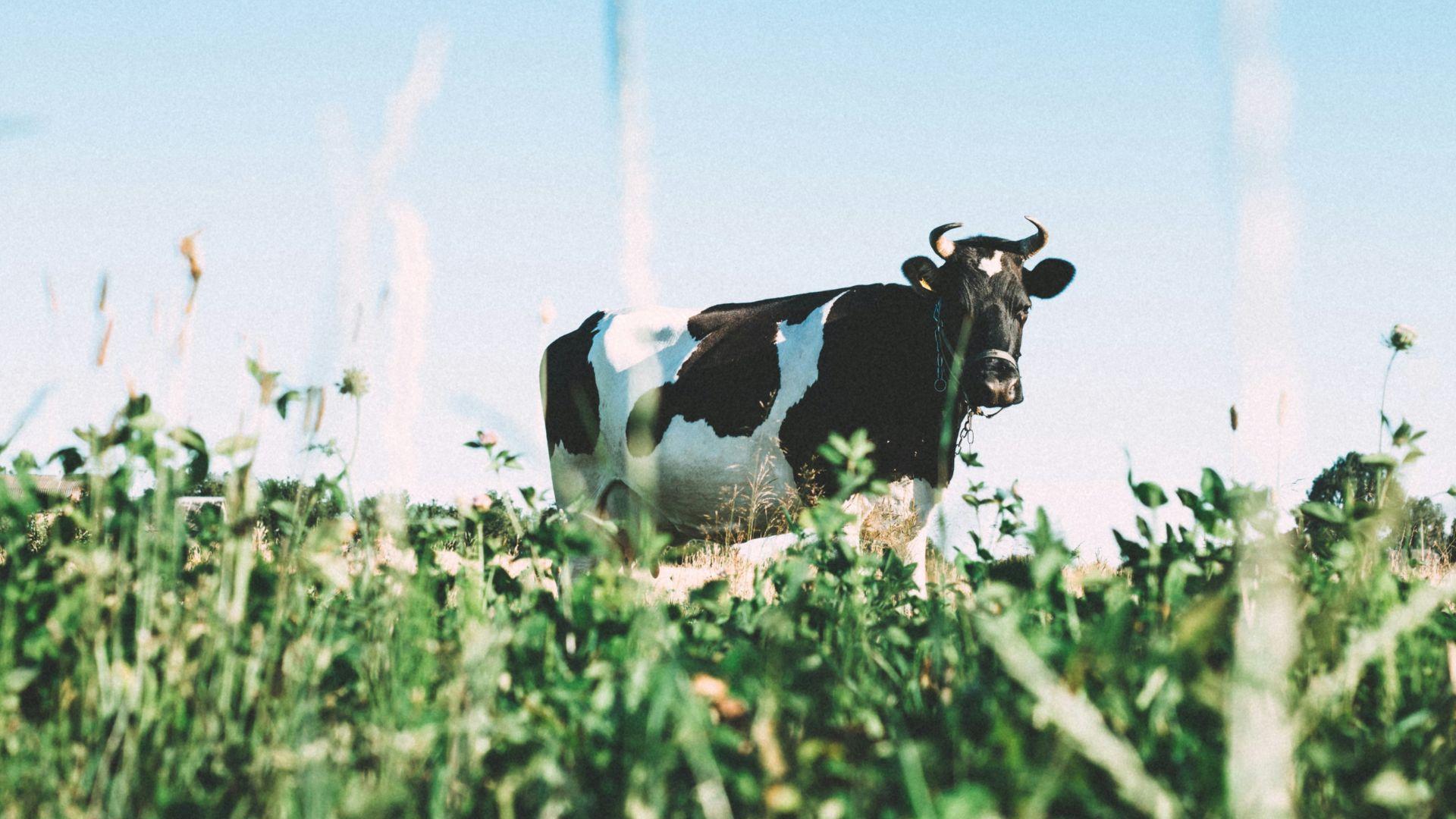
When pasteurization was introduced in the mid-20th century, everything changed. Now, all milk you see on your local grocery’s shelves is heated up before it’s bottled. This process is now the norm in the United States.
The heating up of the milk through pasteurization helps kill many harmful bacteria that naturally exist in raw milk. This process was enacted as a safety measure many decades ago, and it still stands today.
The Illegalization of Raw Milk

Once pasteurization became commonplace, raw milk became illegal in many states throughout the country. Federal law prohibits the selling of raw milk in an effort to curb citizens from becoming seriously ill after drinking it.
There are many ways raw cow milk can become contaminated with harmful bacteria, such as Salmonella, Listeria, and E. coli. However, once milk goes through this heating-up process, that harmful bacteria is completely killed.
Health Risks of Drinking Raw Milk
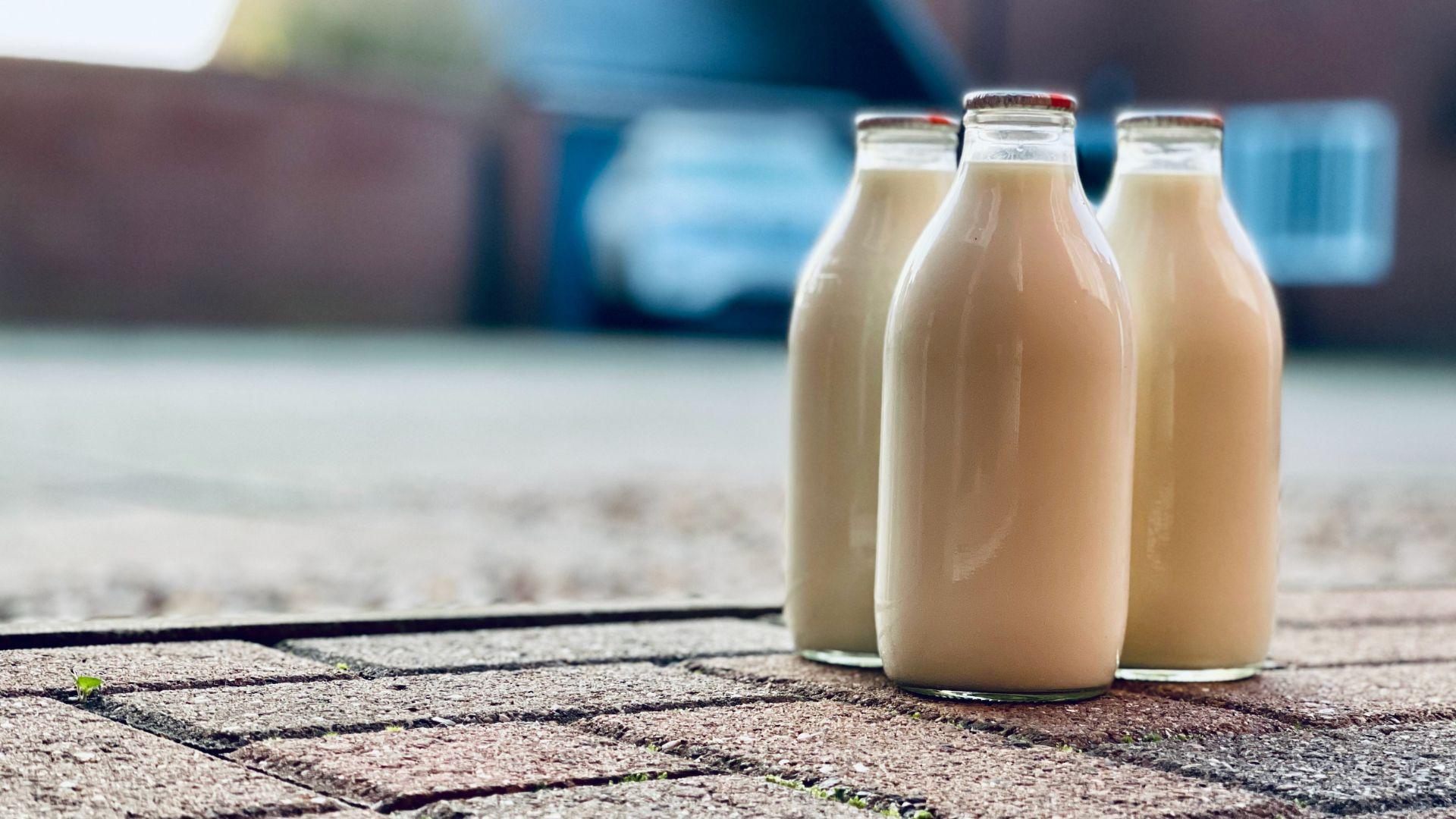
Clearly, there are health risks attached to drinking raw milk. So, why do so many people today still drink it? While bad bacteria can be found in raw milk — and while this can cause minimal to serious health issues — many raw milk drinkers believe that the beverage also has many health benefits.
Some even liken drinking raw milk to eating other potentially harmful foods, such as medium-rare steaks or eggs that aren’t fully cooked through. Therefore, though they understand the risks attached to drinking raw milk, they are willing to continue drinking it.
Health Benefits of Drinking Raw Milk
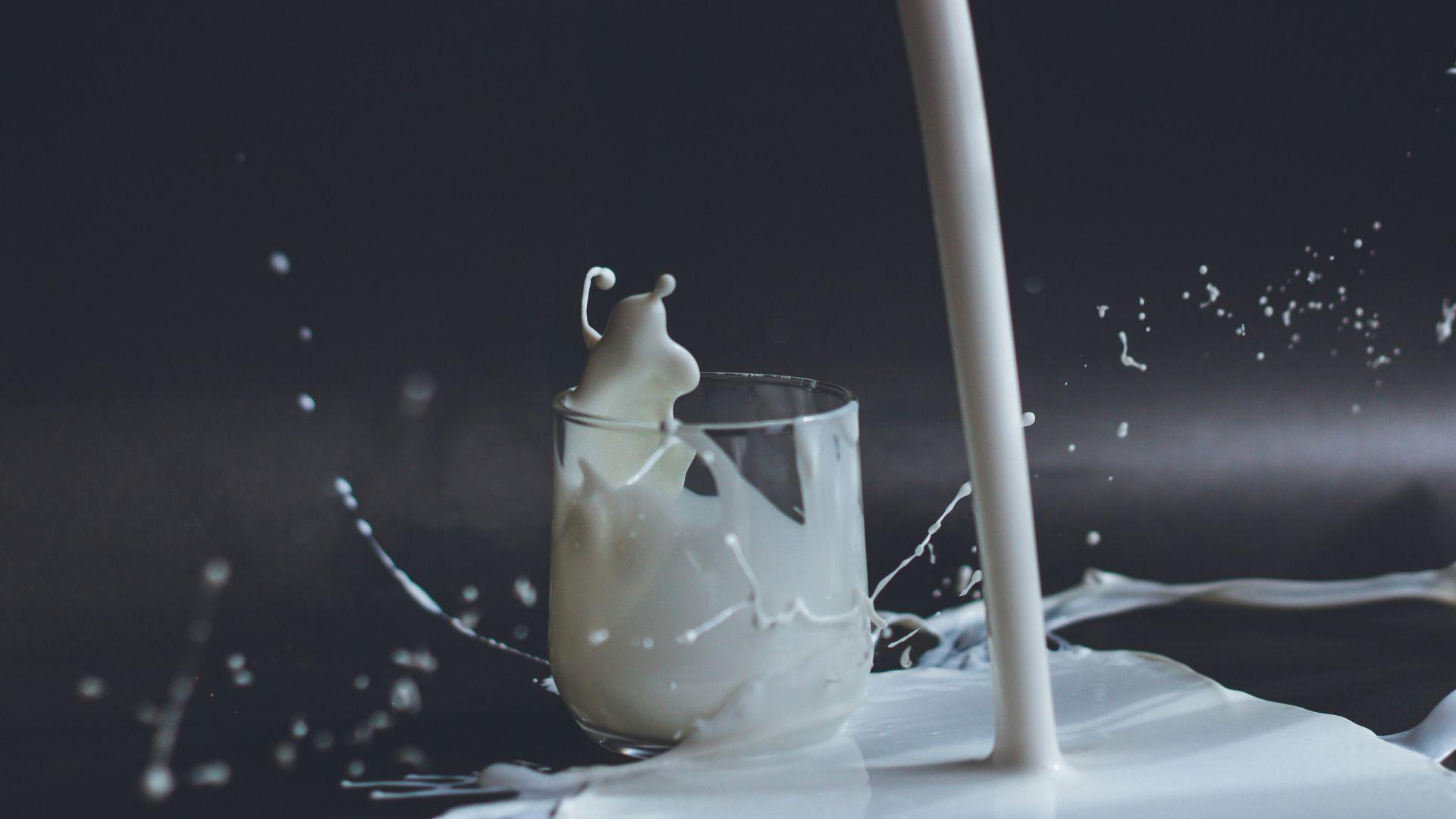
Raw milk may sometimes carry harmful bacteria, but many drinkers also tout the added health benefits of drinking it. According to many who prefer their milk unpasteurized, raw milk can help you feel better in your day-to-day life. This is because raw milk has higher levels of nutrients than pasteurized milk.
Some even say that drinking raw milk can help people with allergies or asthma. Some cases also suggest that drinking unpasteurized milk can assist those who are battling respiratory infections.
Good Bacteria vs. Bad Bacteria
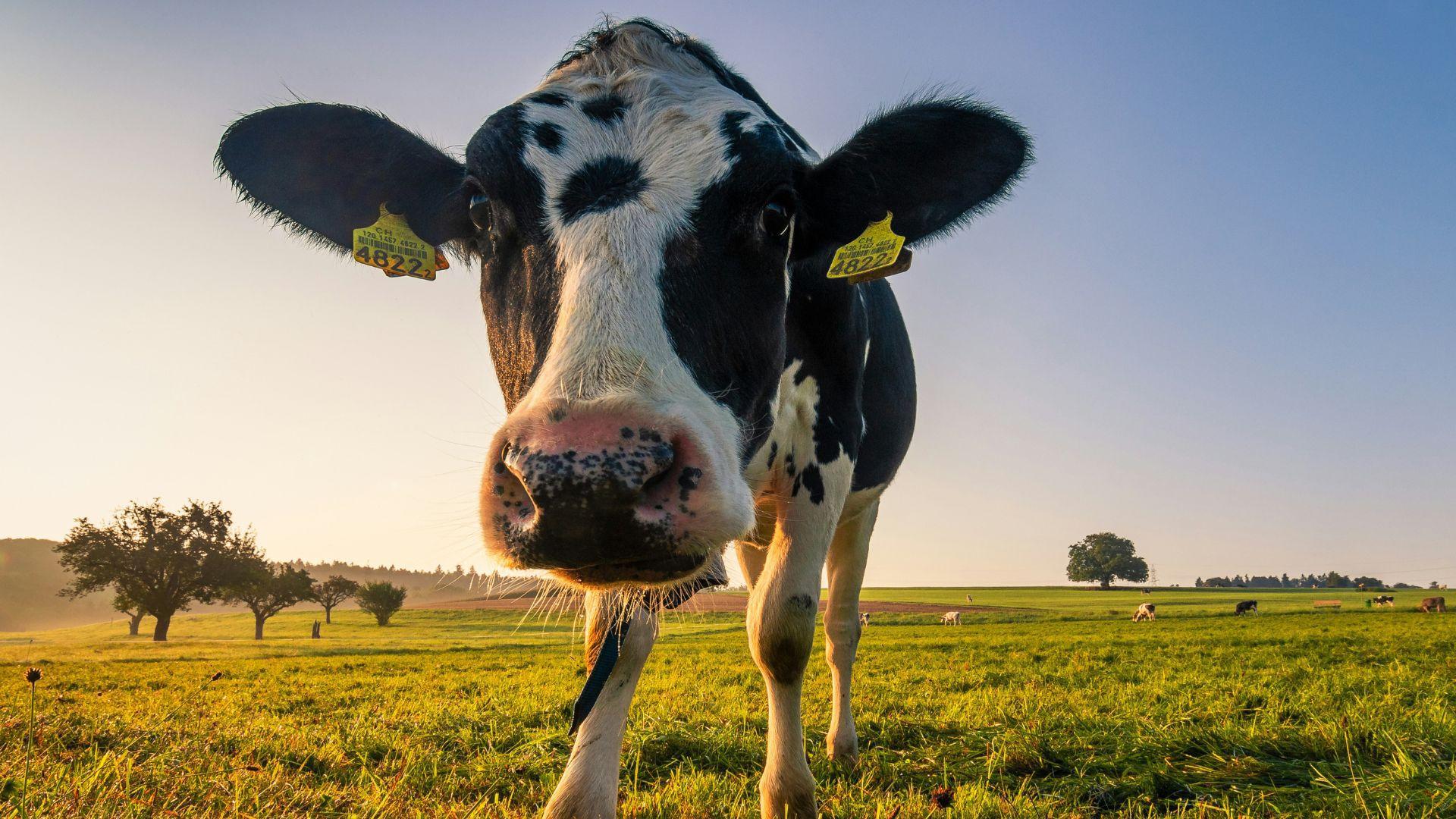
However, one cannot ignore the bad bacteria in raw milk. Though this beverage also has higher levels of good bacteria when compared to pasteurized milk, a study conducted by the University of California, Davis, found that bad bacteria also runs high.
So, even if you get the added benefit of good bacteria when drinking raw milk, you could still potentially introduce harmful bacteria into your body.
The Taste of Raw Milk

While some people prefer to drink raw milk because of supposed health benefits, others do it simply because of the taste. Raw milk tastes completely different than pasteurized milk.
When milk is heated up, harmful bacteria and many flavors are eliminated. Raw milk, meanwhile, retains its naturally flavorful taste that many enjoy. Often, this unpasteurized milk tastes much sweeter and richer than what we’re used to.
The Different Flavors of Raw Milk
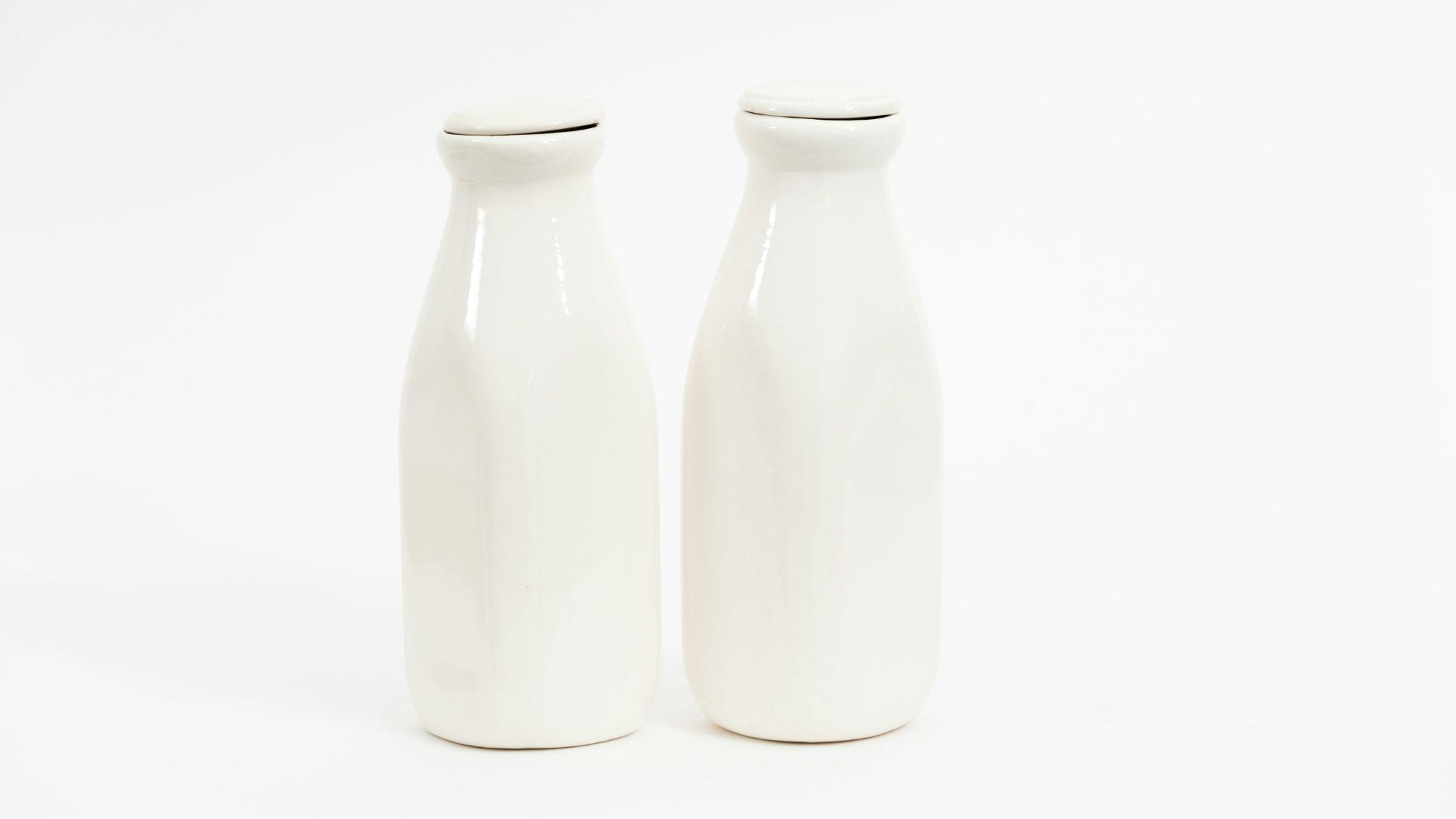
Raw milk can also taste different, depending on the cow you get it from. If the milk comes from a cow that only eats grass, you might find that its milk tastes quite grassy and earthy.
Even if raw kinds of milk can differ from each other in taste, those who prefer it still believe that it’s more flavorful than pasteurized milk. By comparison, pasteurized milk can taste bland and even watery.
Storing Raw Milk
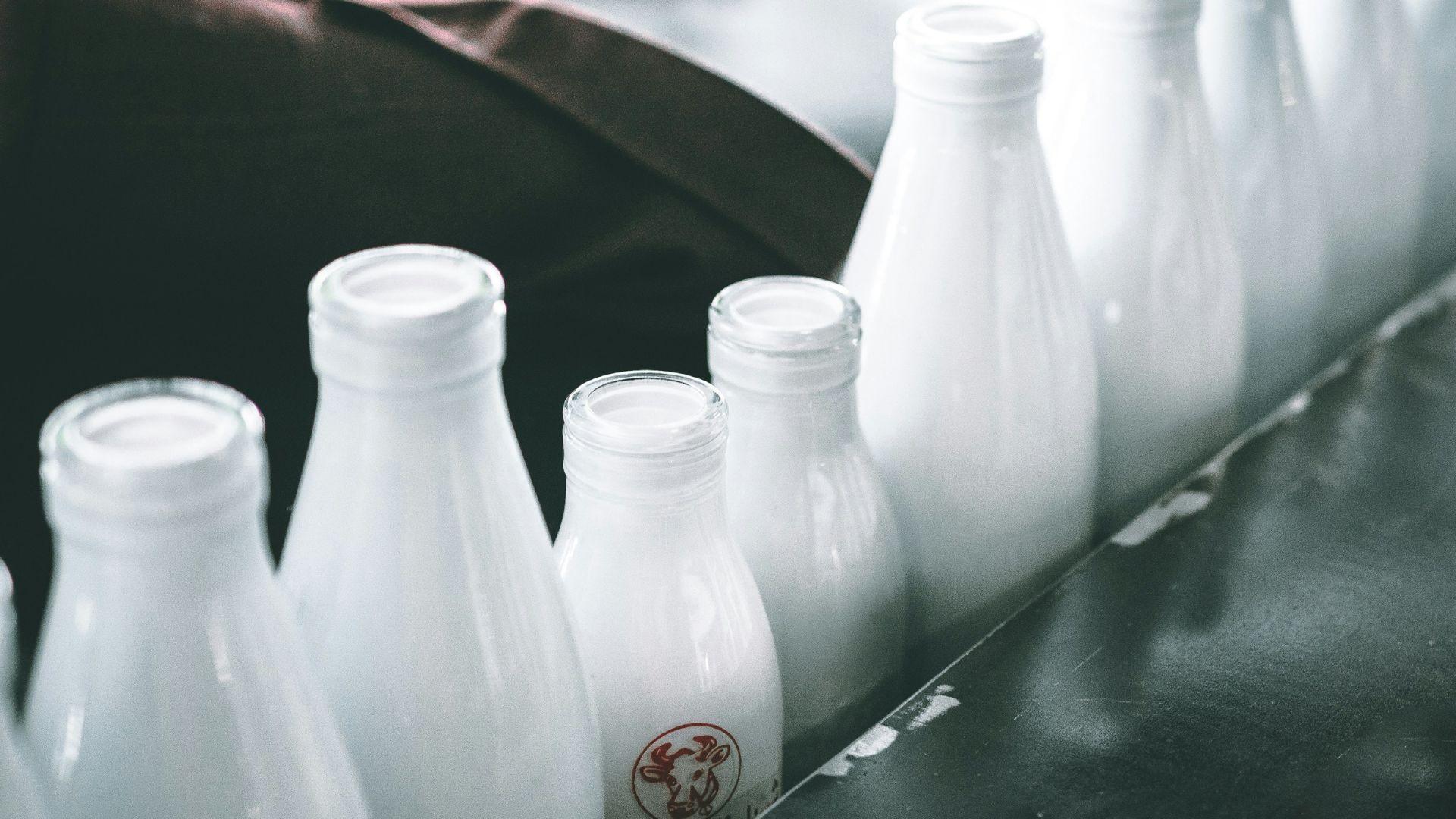
Because raw milk already comes with a ton of bacteria, it’s not a very long-lasting beverage. Whereas you can keep pasteurized milk bought from the store in your fridge until the expiration date, raw milk should be thrown out in just a few days after getting it.
The flavor of raw milk quickly changes the longer it sits around. In only a few days, you’ll likely realize that your milk is becoming sour. Once this happens, you’ll want to throw it out.
Ways to Lower Raw Milk Risks

Those who greatly enjoy the flavor of raw milk may want to ignore the health risks that are attached to the beverage. However, some steps can be taken to lower these risks.
Raw milk can become contaminated in a variety of different ways, such as through equipment or bacteria on the cow or animal’s skin. To keep from being sick, good hygiene practices may help during the process of getting the milk from the animal.
Some Should Never Drink Raw Milk
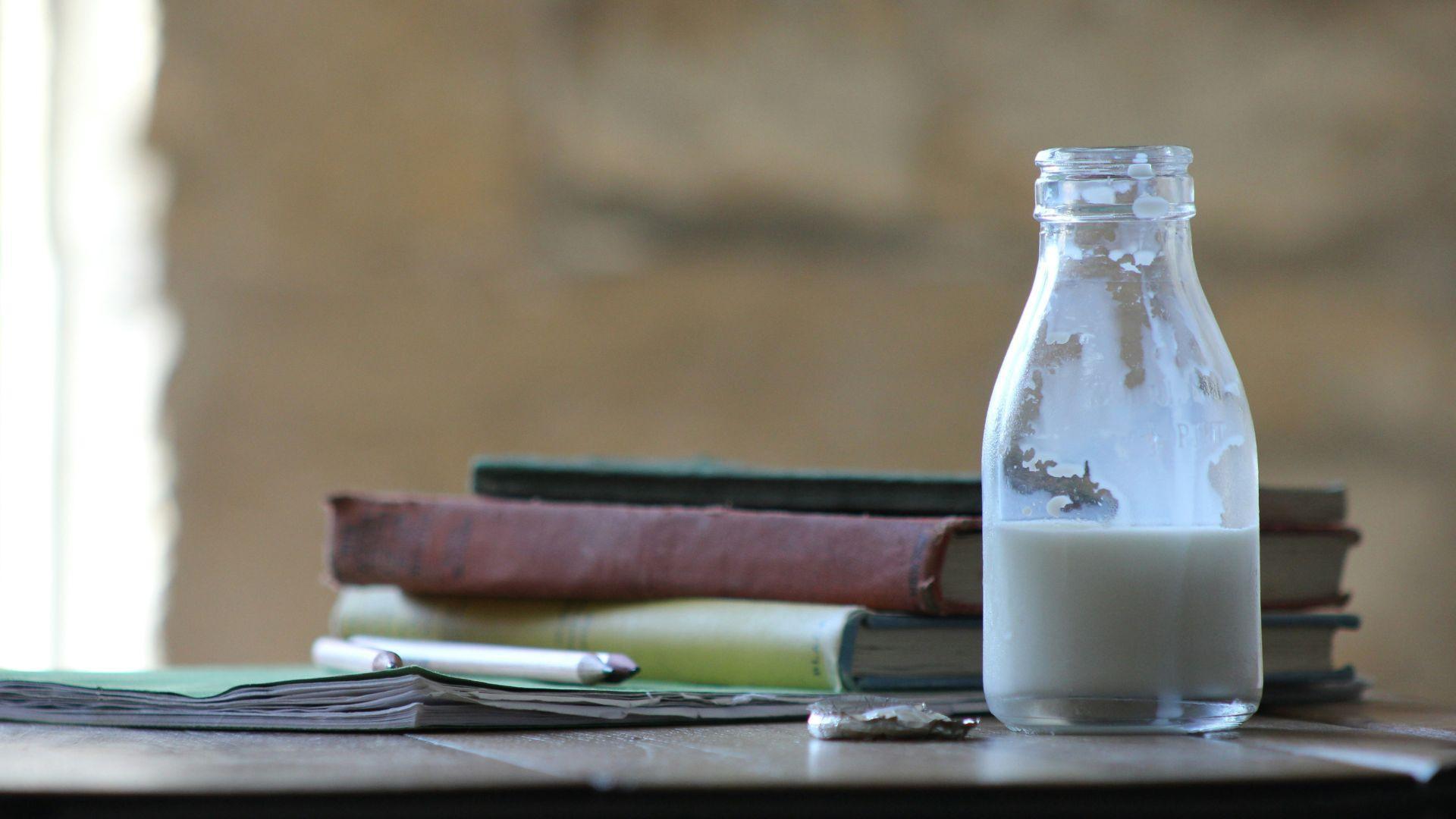
While some people may drink raw milk and never have an issue, there are some who may become violently ill after just one glass. As a result, health officials often recommend that those who have compromised immune systems steer clear of raw milk.
At the very least, those who are often sick should think twice before drinking raw milk. “These bacteria and organisms can cause more problems for those than the health risk is worth,” Dr. Amy Lee, the Head of Nutrition for Nucific, explained.








































